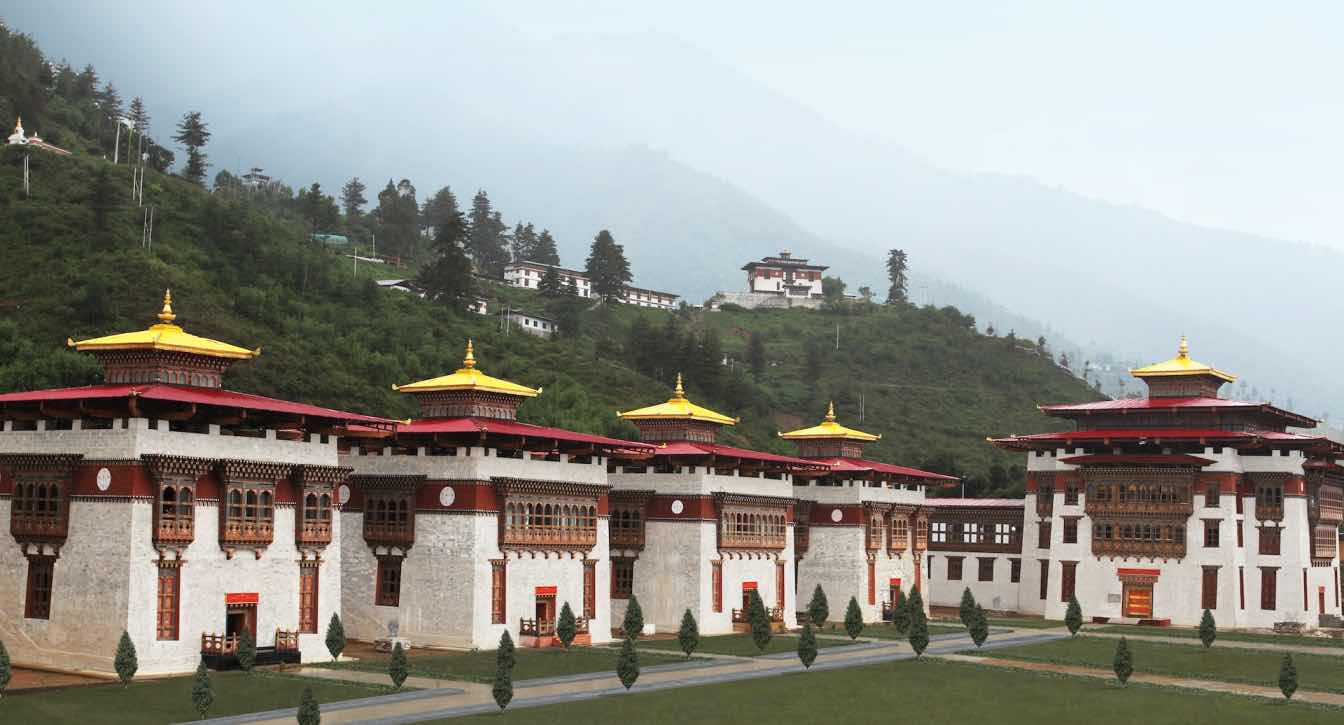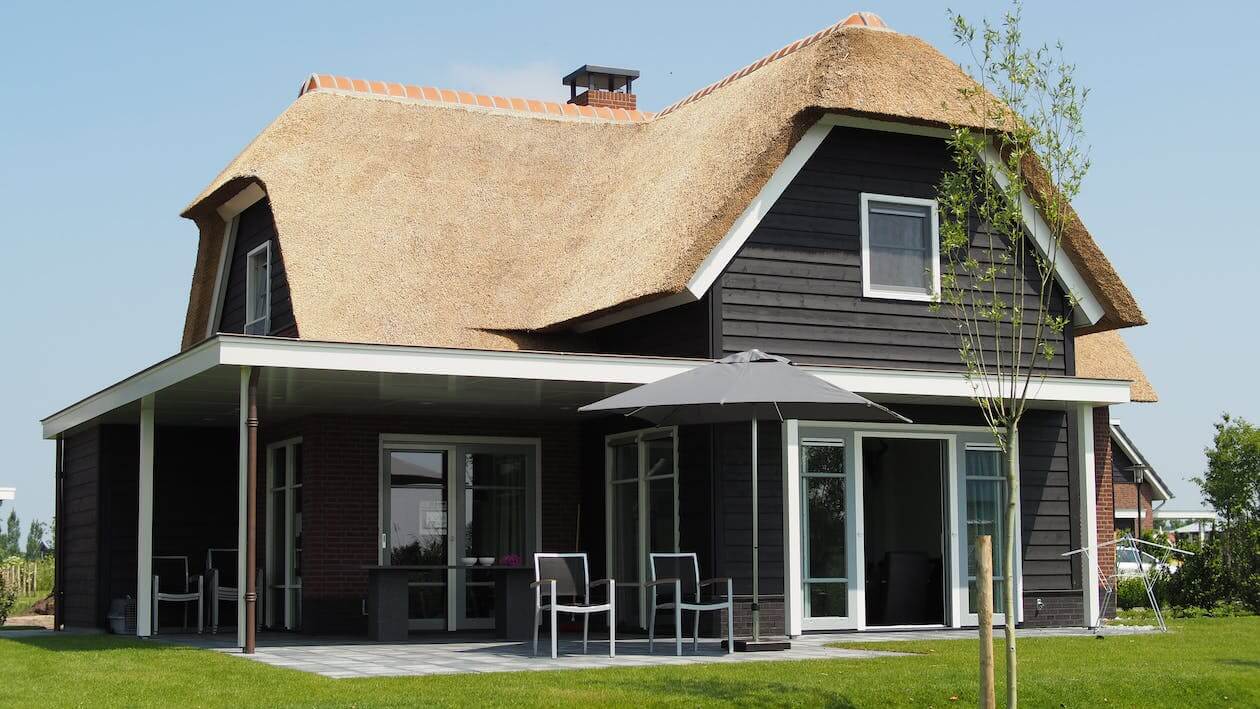In my youth, I discovered that architecture is not an occupation, but a spiritual path. It is a journey of self-discovery and a search for truth – Christopher Benninger.
From a professor at Harvard University, America, to an advisor to the Centre of Environmental Planning and Technology (CEPT), Ahmedabad – that’s how the late versatile architect Christopher Benninger’s voyage to India commenced in 1971. An American by birth, he so naturally adapted to the Indian culture primarily because of his strong understanding of Indian diversity, heritage and customs. In conservations with him off and on, he often expressed the brighter side of the Indian architectural growth story. His cultural manifestations got echoed in the design of the India House (in 2008), Pune – a studio/educational cum cultural hub. As the then editor-in-chief of the architectural journal A+D, I indeed feel proud in having had the good fortune to be a part of the team which bestowed him the prestigious A+D & Spectrum Foundation Architecture Award for Architect of the Year in 2009. This was my first encounter to Christopher’s dynamic and extraordinarily curious spirit towards architecture. And then in 2020 while working on a Special Issue on his works, interactions with this spiritually oriented master-architect were full of surprise revelations about his emboldened architecture beliefs. His demise late last year, no doubt momentarily stunts the process of contributions in varied formats, to creative and rationalized ingenuity in Indian and global architecture.
I believe it was in 1976 on his setting base in Pune with the establishing of the Center for Development Studies and Activities and then founding Christopher Charles Benninger Architects (CCBA) that truly ignited his innovative architecture evolvements. And this journey of his ended with CCBA having won over hundred national and international awards and worked on more than three hundred projects. A well-travelled and learned architect/planner, apart from championing a focused and vibrant practice, Christopher was an enthused member of various professional institutions in India, contributing meaningfully with progressive and often out-of-the-box ideas.
Kudos to Akkisetti Ramprasad, Christopher’s partner and Managing Director of CCBA, who played a true role of a friend and colleague- always there to take forward his mentor’s visionary approach and concepts in architecture. Ramprasad recently shared with me his emotive observations having been so closely associated with Christopher, “As fate would have it, I met Christopher Benninger in 1993 while studying to become a doctor in the army. But soon, my path took an unexpected turn - I found myself on a journey alongside him, building an architectural firm and leaving behind my original calling. Our evenings were spent over drinks, lost in conversations about projects and the direction we should take. I became his sounding board, sharing in his frustrations when progress stalled and, in his joy, when he uncovered ways to make a project timeless. While he shaped the design, I took care of everything else he preferred to leave untouched—our roles distinct yet deeply intertwined. With a touch of humor, he often said that every project he created was a tribute to our bond. A passionate writer, he poured his thoughts into words, while I stood by him as a research assistant, shaping those ideas into books and articles. Those were the days when we delved into the essence of architecture and its profound role in shaping civilization.
Now, thirty years later, with him no longer by my side, I carry forward our shared vision with a renewed purpose - to build an architectural practice that remains intellectually honest and unwavering in its pursuit of design excellence.”
 Mahendra United World College, Pune, Photo- CCBA
Mahendra United World College, Pune, Photo- CCBA
During the subsequent occasional meetings with Christopher, I always experienced a greed in him for more rationalization in architecture. And this got reflected in his practice as well – to derive contextualized solutions in architecture and design that would imbibe cultural connotations of the region. His emphasis to make the end-user feel at home in the built environment, to explore material for its aesthetic value, to use technology and traditional elements to evolve sustainable design and enhance functionality – all were efforts to contribute towards intelligent urbanism. Equipped with a double Masters in Architecture and a wide range of research in urban and city planning, he so skillfully blended his learnings in the design and architecture of his buildings – which I would say, projected a visually relatable and pleasant human-scale. His architecture has a spontaneous connect with nature – with well-articulated landscaped open spaces being integral to the design. The testimony lies in the CCBA projects such as the New Academy Block CEPT University; IIM Calcutta; Mahindra United World College, Pune; Samudra Institute of Maritime Studies, Lonavala; Royal Supreme Court, Thimphu; National Ceremonial Plaza, Bhutan, IIT Hyderabad – and such others.
Often referred to as an Institution Conceiver, Christopher, apart from having masterminded some very large-scaled iconic projects in the country and around, was equally ferocious and spontaneous in sharing his design and life experiences with fellow professionals and the young students of architecture. The very popular four books authored by him and translated in Chinese and a few Indian regional languages, portray his strong urges to genuinely encourage the readers to realize the significance of holistic design. His thought stays with me - “The fabric of architecture is composed of several threads, and the role of the architect is to weave all of these threads into one cohesive piece of work. One must blend history and context, functionality, aesthetics and visual cohesion, sustainability, cultural significance and user experience into the spaces they design.” The cheerful demeanor, wit and pleasant oratory skills won Christopher an entire brigade of students and young professionals who would carry forward his legacy of architecture of balance and ponderings such as, “I feel in the end, life is all about being a perpetual student, finding good teachers and walking starry-eyed under the continuous spell of curiosity.”
I will always cherish Christopher’s memory as a genius on a mission, and an enigmatic, positive human who cherished life and lived it to full with a quest to pragmatically redefine modern architecture. It would take a while as yet to realize his immense, Zen-styled and profound contribution to architecture.
Author/architect Suneet Paul, based in Delhi and the former editor-in-chief of Architecture + Design, has to his credit a wide spectrum of writings and books.





